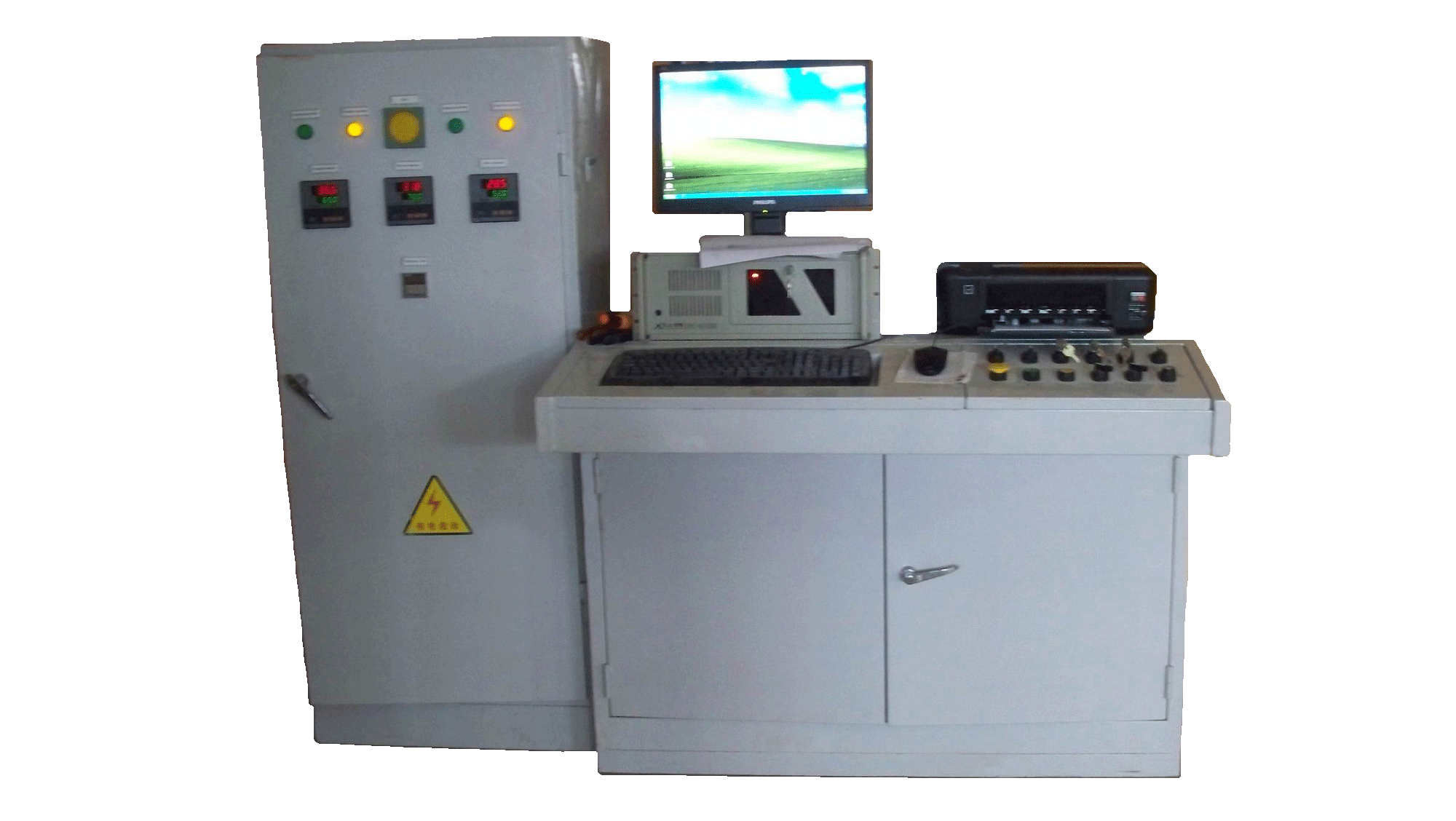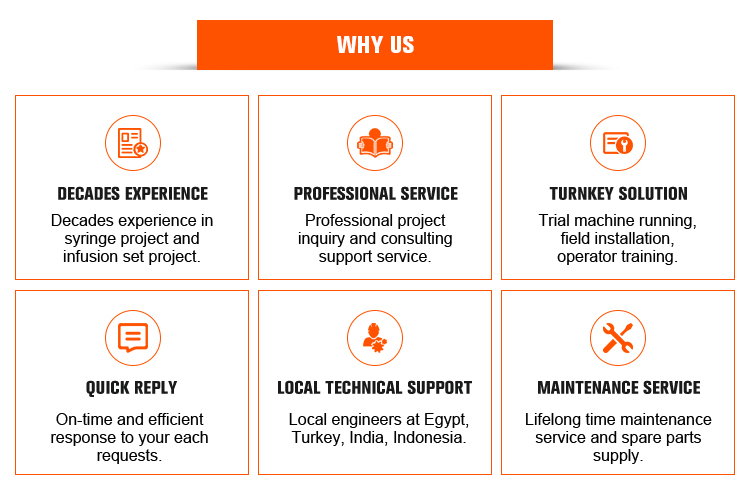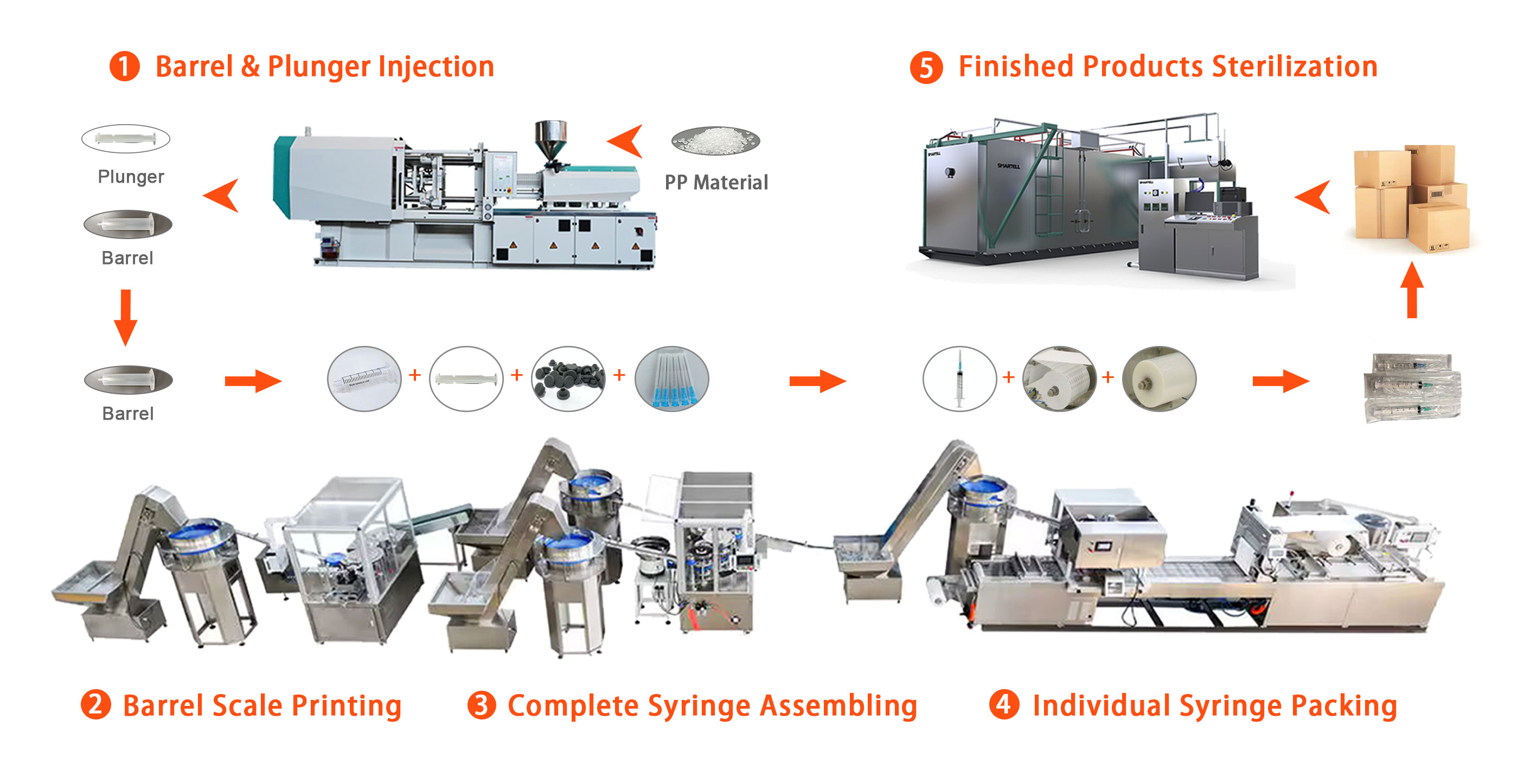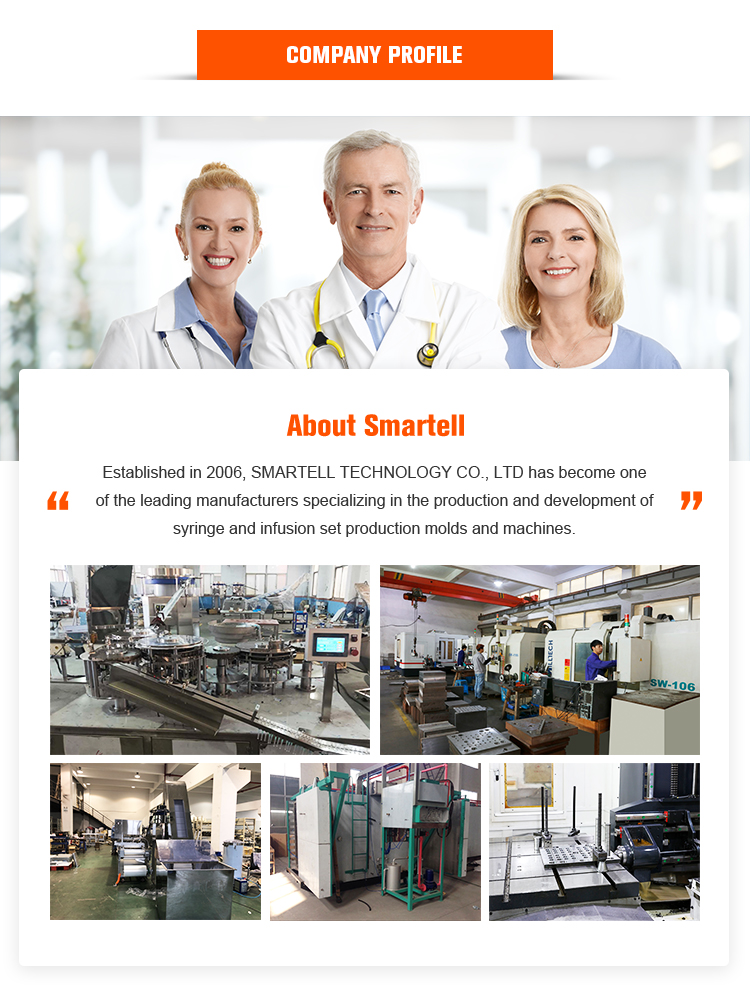| Availability: | |
|---|---|
| Quantity: | |
SMT-5025
Smartell
(Stainless steel coating sterilizer cabinet)

| Structure | combined | Time control | 1min~99h |
| Specification | 1m3~35m3 | Power Supply | 380v/50HZ |
| Temperature control | 0~100°C | Power | 3~5Kw |
| Maximum error of the temperature control | <±3°C | Electric Power | 6~55Kw |
| Working pressure | -0.09~0.08Mpa | Working environment | Temperature5~40°C Humidity<80%RH |
| Working humidity | 30%~60% RH |
All parameters and dimensions are subject to change without prior notice.






(Stainless steel coating sterilizer cabinet)

| Structure | combined | Time control | 1min~99h |
| Specification | 1m3~35m3 | Power Supply | 380v/50HZ |
| Temperature control | 0~100°C | Power | 3~5Kw |
| Maximum error of the temperature control | <±3°C | Electric Power | 6~55Kw |
| Working pressure | -0.09~0.08Mpa | Working environment | Temperature5~40°C Humidity<80%RH |
| Working humidity | 30%~60% RH |
All parameters and dimensions are subject to change without prior notice.







Sterilization is a fundamental step in ensuring that medical devices are safe for patient use. Among the various methods used to sterilize medical products, ethylene oxide (ETO) sterilization is one of the most effective and widely used techniques. This method is particularly beneficial for sterilizing heat-sensitive items, including syringes, infusion sets, catheters, and surgical instruments. In this article, we will explore the operation, components, and applications of ETO sterilization machines in greater detail, focusing on their use in medical device manufacturing.
Ethylene oxide (ETO) is a colorless, flammable gas that is highly effective at sterilizing a wide range of medical products. The ETO sterilization process involves exposing medical devices to ethylene oxide gas within a controlled environment to eliminate microorganisms, including bacteria, viruses, fungi, and spores. This is achieved through the process of alkylation, where the ethylene oxide molecules chemically react with the DNA and proteins of microorganisms, preventing them from reproducing and effectively neutralizing them.
This method is particularly advantageous for sterilizing materials and devices that are heat-sensitive, such as plastics, rubbers, and certain electronics. ETO sterilization is used extensively in the medical, pharmaceutical, and biotechnology industries for the sterilization of products like syringes, infusion sets, and diagnostic equipment.


Sterilization is a fundamental step in ensuring that medical devices are safe for patient use. Among the various methods used to sterilize medical products, ethylene oxide (ETO) sterilization is one of the most effective and widely used techniques. This method is particularly beneficial for sterilizing heat-sensitive items, including syringes, infusion sets, catheters, and surgical instruments. In this article, we will explore the operation, components, and applications of ETO sterilization machines in greater detail, focusing on their use in medical device manufacturing.
Ethylene oxide (ETO) is a colorless, flammable gas that is highly effective at sterilizing a wide range of medical products. The ETO sterilization process involves exposing medical devices to ethylene oxide gas within a controlled environment to eliminate microorganisms, including bacteria, viruses, fungi, and spores. This is achieved through the process of alkylation, where the ethylene oxide molecules chemically react with the DNA and proteins of microorganisms, preventing them from reproducing and effectively neutralizing them.
This method is particularly advantageous for sterilizing materials and devices that are heat-sensitive, such as plastics, rubbers, and certain electronics. ETO sterilization is used extensively in the medical, pharmaceutical, and biotechnology industries for the sterilization of products like syringes, infusion sets, and diagnostic equipment.








